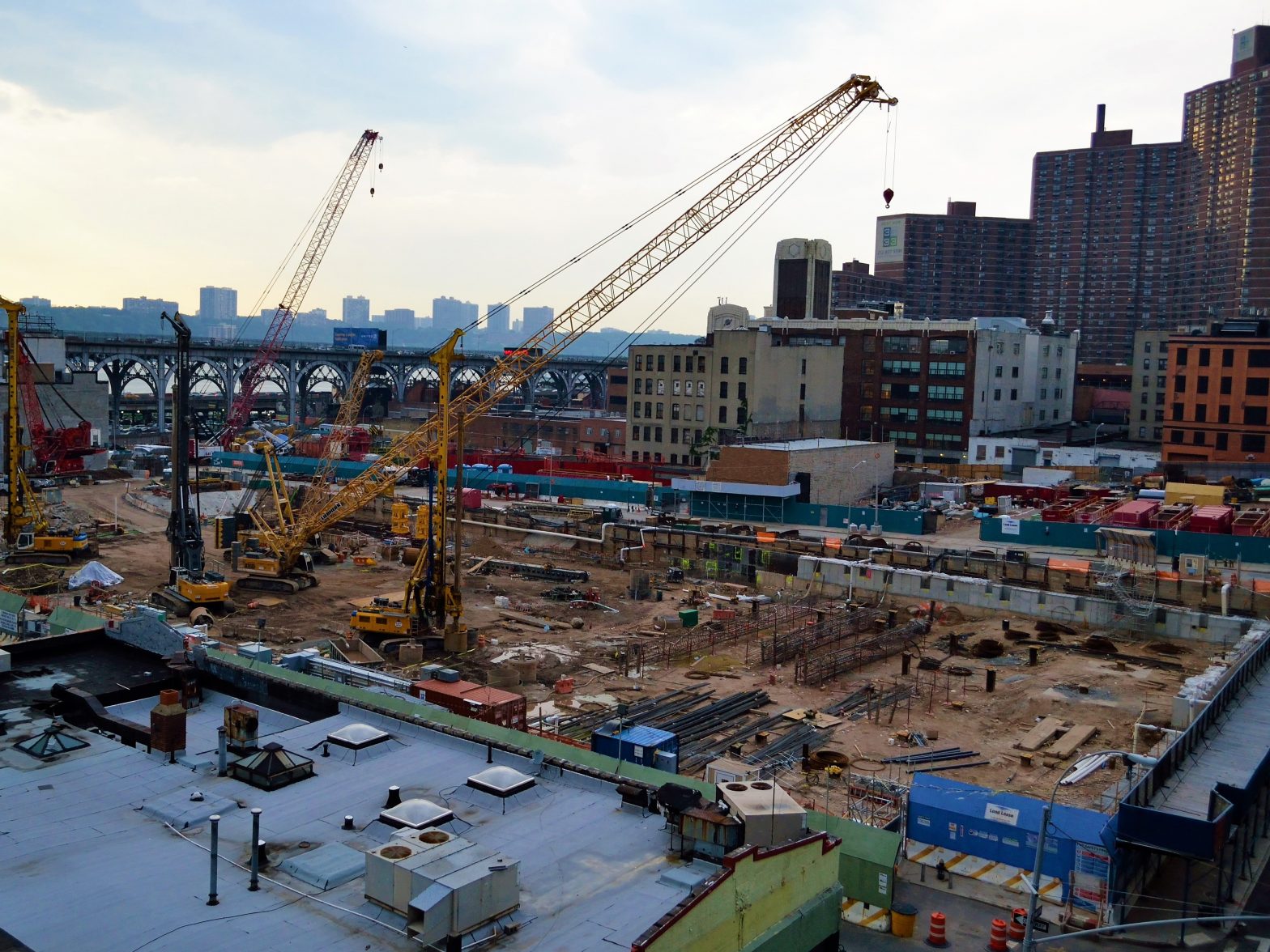
As reported by the United States Geological Survey and various news organizations, a magnitude 4.1 earthquake occurred outside Dover Delaware on November 30, subjecting much of the mid-Atlantic region to weak to light shaking. Assuming the magnitude is not revised down, it would be tied for the largest magnitude earthquake in Delaware history. No damage or injuries have been reported as of this writing.
For anyone who thinks that it is “common sense” that earthquakes cannot happen in their area, this should serve as a reminder: earthquakes can happen anywhere. In the Central and Eastern United States (CEUS), earthquakes are not directly caused by plate tectonic activity, and are, consequently, more infrequent and harder to predict. However, much of the CEUS is subject the moderate earthquake hazards and a few locations are subject to high hazards. Take a look at the hazard map below produced by USGS. A moderate or even low earthquake hazard does not mean that large earthquakes cannot occur. Delaware is in a low (but not the lowest) hazard zone and experienced what could be considered a moderate-sized event, albeit on the low end of moderate. However, it produced shaking that was felt from northern Virginia to New York City. A characteristic of CEUS earthquakes is that the ground motions carry further. That is why the magnitude 5.8 central Virginia earthquake in 2011, perhaps at the other extreme of “moderate” was felt in New England and beyond and caused minor damage as far away as New York City. The CEUS has produced legitimately large earthquakes such as New Madrid in 1811 and 1812 and Charleston in 1886. Perhaps my favorite example is the magnitude 6.5 to 7.0 earthquake believed to have stuck in the Merrimack Valley of New Hampshire in 1638, which produced strong shaking felt by French and England colonists, respectively, in the St. Laurence Valley and Massachusets. While New Madrid and Charleston are considered to be in high hazard regions, New Hampshire is in moderate hazard zones. So the earthquake hazard in a region is not just a function of the size of the earthquakes experienced there, but the ground shaking produced and, the frequency of earthquakes observed.
Modern building codes are written with the understanding that earthquakes can happen anywhere. With some exceptions, such as prescriptively designed conventional light wood frame construction and one or two family homes on low seismic hazard sites, most structures are designed to resist earthquakes. The codes provide design ground motions for everywhere in the United States. Depending on the design ground motions, site effects and certain attributes of the project, various code provisions apply to the geotechnical investigation, structural analysis and detailing of the structure.
The code prescribed seismic design process can produce unexpected results to the uninitiated. For examples, on coastal sites in moderate seismic hazard regions, the site effects of loose sands or soft clays may trigger an exception to an exception and require that a single family home be detailed for high seismic loads. While there may be a real seismic hazard on these sites to be mitigated, in some cases a more rigorous assessment of the site conditions or analysis of the code might avoid unnecessary compliance with these provisions.
While earthquakes are more frequent and more likely to be damaging in some places than others, there is no place where earthquakes cannot happen. Construction codes account for this and provide provisions to address earthquake hazards that represent decades of experience and research. With some exceptions, these provisions cannot be ignored, nor should they be. However, the seismic provisions can be complicated and a working knowledge of them is necessary for civil, structural and geotechnical engineers, even in regions of low seismic hazard.
See also: Risk Management, Structural Engineering, Structural and Foundation Investigations
The information and statements in this document are for information purposes only and do not comprise the professional advice of the author or create a professional relationship between reader and author.
